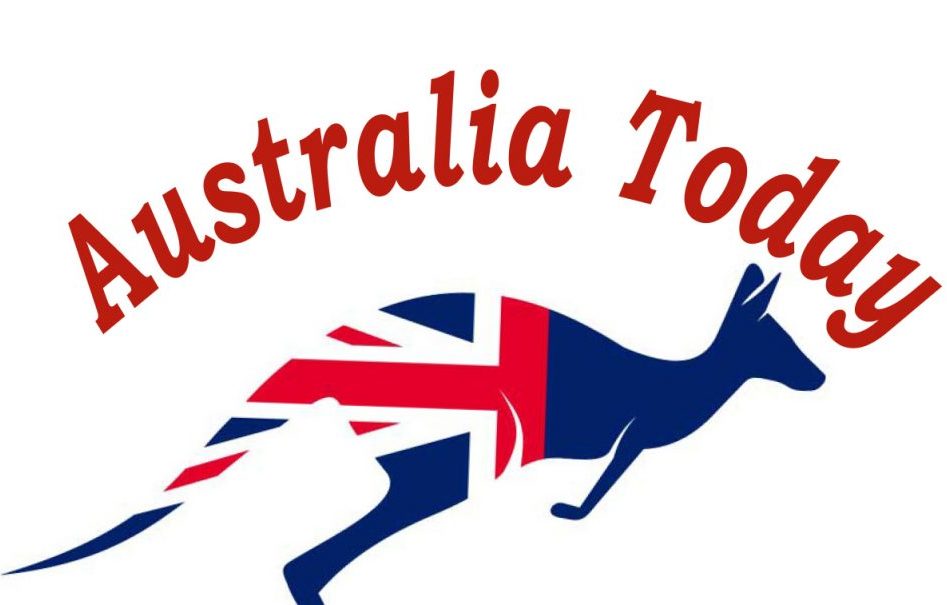
Kites, known locally as “fire hawks,” have become a significant threat to the environment in Australia, as studies have shown their role in the spread of devastating wildfires sweeping the country.1
After the death of hundreds of millions of animals and birds in the “Australian Inferno” that destroyed vast areas of the country and swallowed entire villages, an urgent question arose: Who is responsible?
While scientists point to climatic factors such as global warming and drought, there is also another culprit with wings that is no less dangerous.2
“Fire hawks,” a name given to them by Aboriginal Australians centuries ago, are birds of prey known in the Arab world as kites.3
These birds have piqued the interest of researchers in Australia and abroad for years, prompting many prestigious scientific journals and magazines to publish the results of these studies.
These birds carry out their actions by using burning embers, no matter how small, carrying them in their beaks or talons and dropping them on dry grass, which leads to the expansion of the fire.4 This, in turn, increases the chances of easy prey, as rodents, reptiles, and other animals that these hawks feed on are forced to come out of their hiding places, making it easier for them to swoop down on them.
This behavior has made these birds an omen of bad luck for Australians and other parts of the world. Locals classify them into three types: the black kite, the yellow-billed kite, and the brown falcon.
Their activity has been repeatedly observed during wildfires, where they gather around the flames instead of fleeing, as if at a barbecue feast.
However, some Aboriginal tribes see these birds as blessed creatures, believing that they brought them fire for the first time thousands of years ago when they dropped a burning ember among them.













